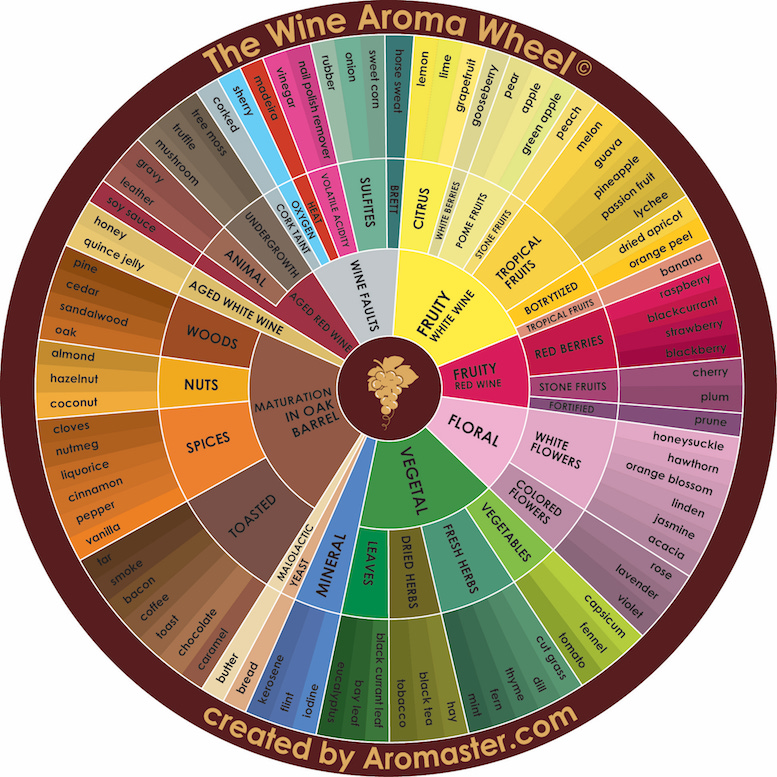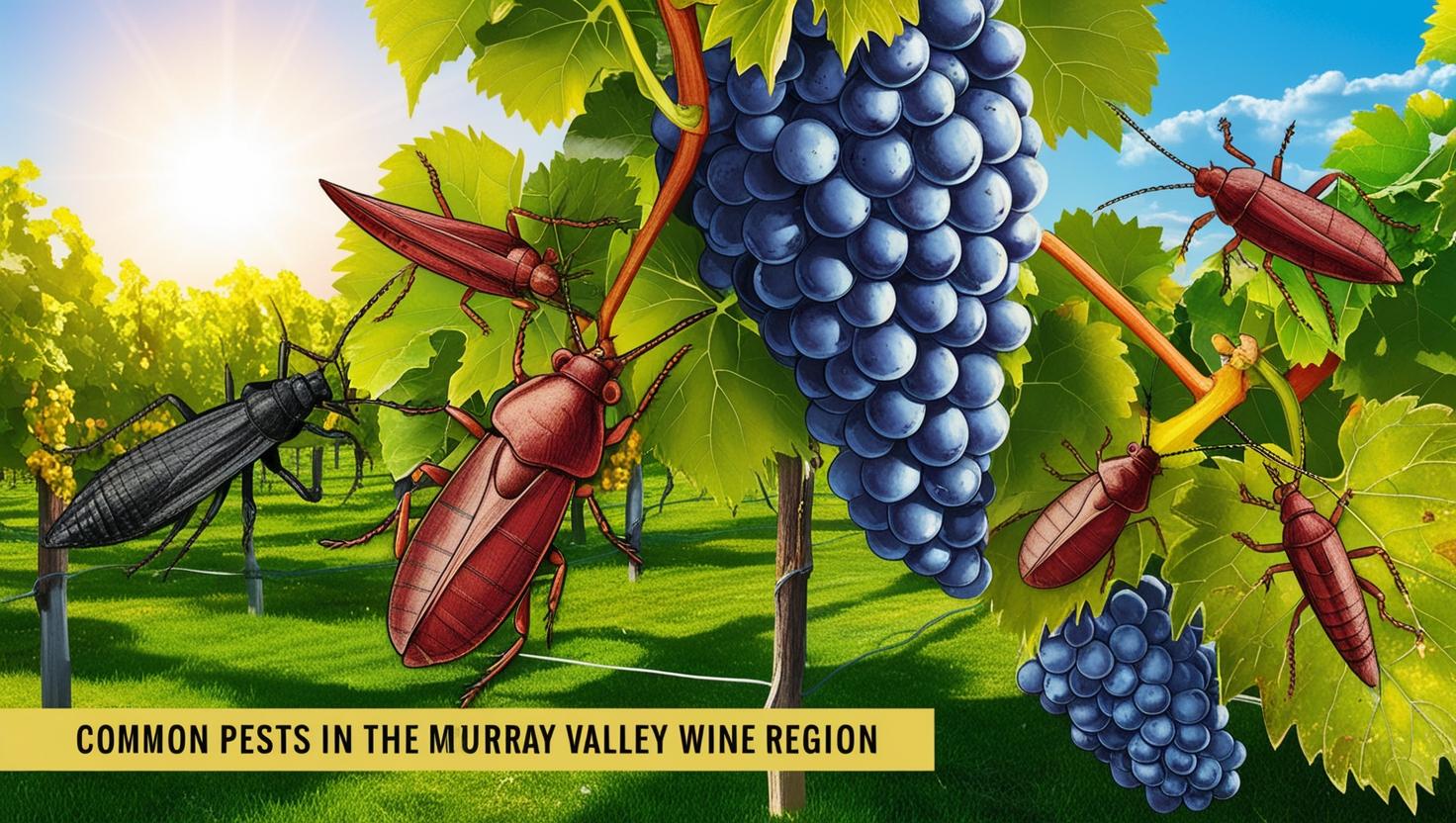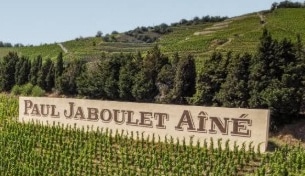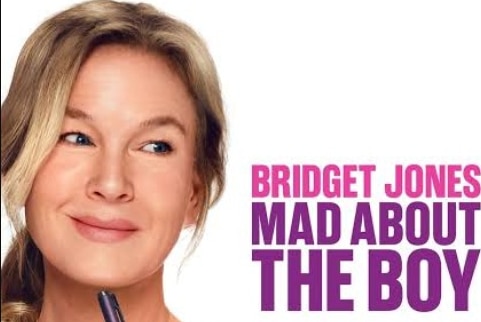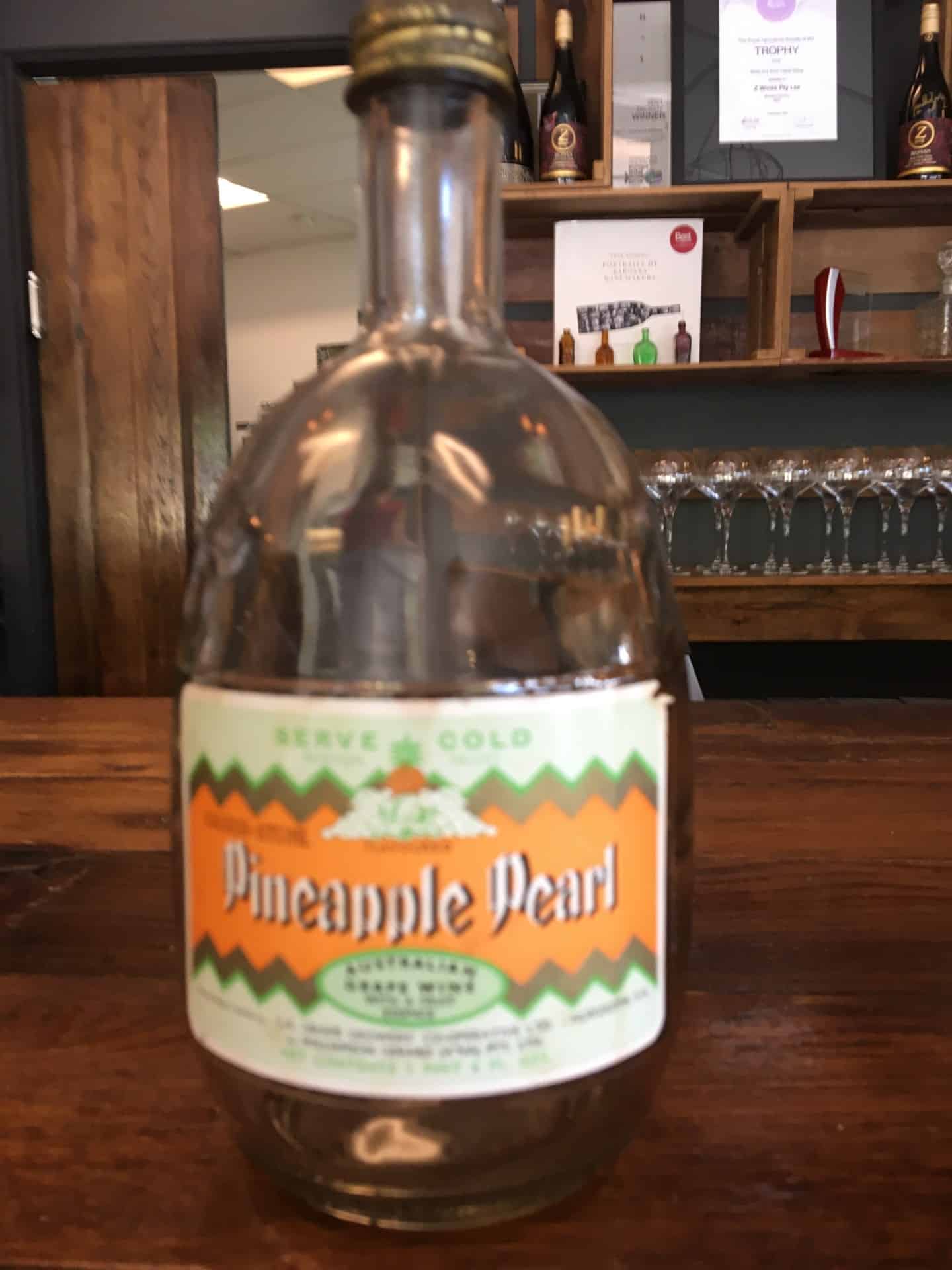There is a “wine language” that is essentially technical jargon reserved for insiders and likely to plunge consumers into some confusion
Posted in the French edition of The Conversation October 20, 2022 as “Mineral”, “fruity”, “feminine”… the language of wine sometimes no longer means much“. The authors: Laurent Gautier University Professor in German and Applied Linguistics, University of Burgundy – UBFC and Matthew Bach Doctor in German Studies, University of Burgundy – UBFC
At the time of wine fairs, the annual horse chestnut of the media, it seems relevant to question not only wine, but also the way in which it is talked about. The communication of the big brands participates in fact in this national autumn sport based, alongside the visuals, on speech and therefore on words.
Like many other products that appeal to the senses , wine seems to enjoy a special status compared to other food products. Just like chocolate , for example, it gives itself to be read in presentations and descriptions which have nothing to do with the efforts which one provides for vegetables or meat. The discourse on wine would therefore have an intrinsic part of the poetic, even the esoteric.
It thus seems particularly interesting to observe, as a linguistic and discursive object, the advertising leaflets of supermarkets presenting long descriptions of wines that are nevertheless of large production and often felt by the non-expert customer to be very elaborate. Listening to a few experts in the field describe, on the radio or on television, with a certain profusion of supposedly “original” descriptors (thirsty wine, mineral, feminine) the “best” bargains of the moment is no less so.
These linguistic flights only corroborate the idea that there is a “wine language” that is essentially technical, jargon-inducing and reserved for insiders. It is also found in semi-specialized books and other sites and applications promising to initiate wine tasting. They also tend to reinforce the need to position oneself as an expert by using expert words. Instead, read what can be found on the site of a leading retailer:
“This wine reflects work that favors the full-bodied depth of red wines through vinification that seeks extraction and flattering ageing. A dense ruby color. An elegant nose with aromas of finely wooded black fruits. Ample and fleshy attack, beautiful balance where finesse, complexity, richness and smoothness are combined.“
The consumer, instead of finding help in these speeches, is more likely to plunge into some confusion. The most perceptive will hang on to the marketing dimension of texts designed to encourage purchases with a few so-called “carrying” words, taken out of the hat, witnesses of uninformed communication. It is therefore the market as a whole that loses out . We thus arrive at a fundamental question that has animated academic research since the 1970s: what if, in the end, these words had little or no meaning at all?
Common language and marketing invention
The assumption underlying the work of American linguist Adrienne Lehrer in her 1975 introductory paper, “Talking about Wine,” is twofold. A good part of the terms that we use to express that we like or dislike a wine come from two things.
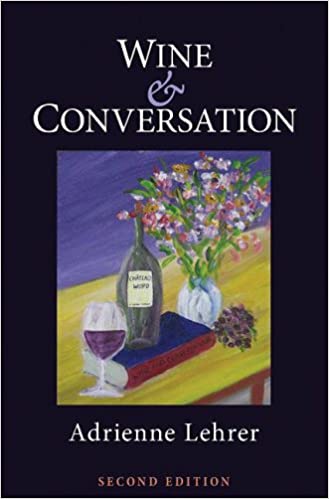
On the one hand, there are constructions that consumers end up adopting on the basis of their exposure to tasting notes; on the other hand texts for marketing purposes, stringing like pearls terms devoid of objectivity, apart from a small group of concrete terms, such as the names of grape varieties for example.
Let’s take a first example that has given rise to an abundant scientific literature, namely the mineral wine/wine minerality couple . The consumer who hears it certainly has, in his representations, the expressions “mineral water” or “mineral salts”. In semantics, these are called “prototypes”. But the true meaning of these words, forged by the experts, will fade into a somewhat vague form of positive judgment. We also find these same qualifiers to talk about an interior design or a perfume. In the world of wine, speaking of “minerality” even seems to become a synonym with a more modern connotation of the word “terroir” .
A second example allows us to deepen this same idea according to which the language of wine ultimately remains largely a marketing invention and that there are no specific terms for it: the adjective fruity. This adjective comes from common language and is used in many situations. In the context of a description of wine, it takes on a special meaning because expert professionals have constructed another definition of it.
It is again essentially linked to a hedonic component, to a “like/dislike”, and to an experiential component , a temporal and geographical context. It is this set which in fact becomes the meaning of the word. Two individuals will understand each other by using “fruity”, because they will have had relatively similar experiences and therefore will invoke relatively similar meanings .
For more authentic writing
It will certainly be agreed that a professional “standard” exists through the aroma wheels that exist for wine as well as for cigars or Comté, for example. This seems imperative to avoid as much as possible that a term takes on too diverse meanings. It classifies aromas into families and sub-families and is used so that sommeliers, wine merchants, oenologists and winegrowers understand each other by using the same language codes and by sharing common definitions
That said, drinking wine is not just a professional practice reserved for experts, but much more a daily gesture, or almost, an integral part of Western and particularly French gastronomy. Everyone can communicate about wine with their words, the meaning of which is negotiated in interaction, in discussion, and far from all these expert definitions.
Very often, this meaning in use is constructed in relation to exploitable references , which are also shared, by resorting to comparisons between the wine tasted and other drinks previously (“this wine is sweeter than the other”) or to absolute references (“it’s like a Champagne” speaking of Crémant ).
Talking about wine is in fact based on a major experiential component , on what the individual feels at the time of tasting: where is he, what is the weather like, who is he with? This context and all the emotions generated will influence its perception and orient, linguistically, the choice of words.
This is the reason why we cannot do without starting from authentic, situated data , often produced orally and mobilizing disciplinary skills . These are first-hand sources for an oenological writing (the wine writing of the Anglo-Saxons) that is more authentic, empirically based and, no doubt, also more “meaningful” for many consumers.
Very often, this meaning in use is constructed in relation to exploitable references , which are also shared, by resorting to comparisons between the wine tasted and other drinks previously (“this wine is sweeter than the other”) or to absolute references (“it’s like a Champagne” speaking of Crémant ).
Talking about wine is in fact based on a major experiential component , on what the individual feels at the time of tasting: where is he, what is the weather like, who is he with? This context and all the emotions generated will influence its perception and orient, linguistically, the choice of words.
This is the reason why we cannot do without starting from authentic, situated data , often produced orally and mobilizing disciplinary skills . These are first-hand sources for an oenological writing (the wine writing of the Anglo-Saxons) that is more authentic, empirically based and, no doubt, also more “meaningful” for many consumers.
Cet article est republié à partir de The Conversation sous licence Creative Commons. Lire l’article original.

